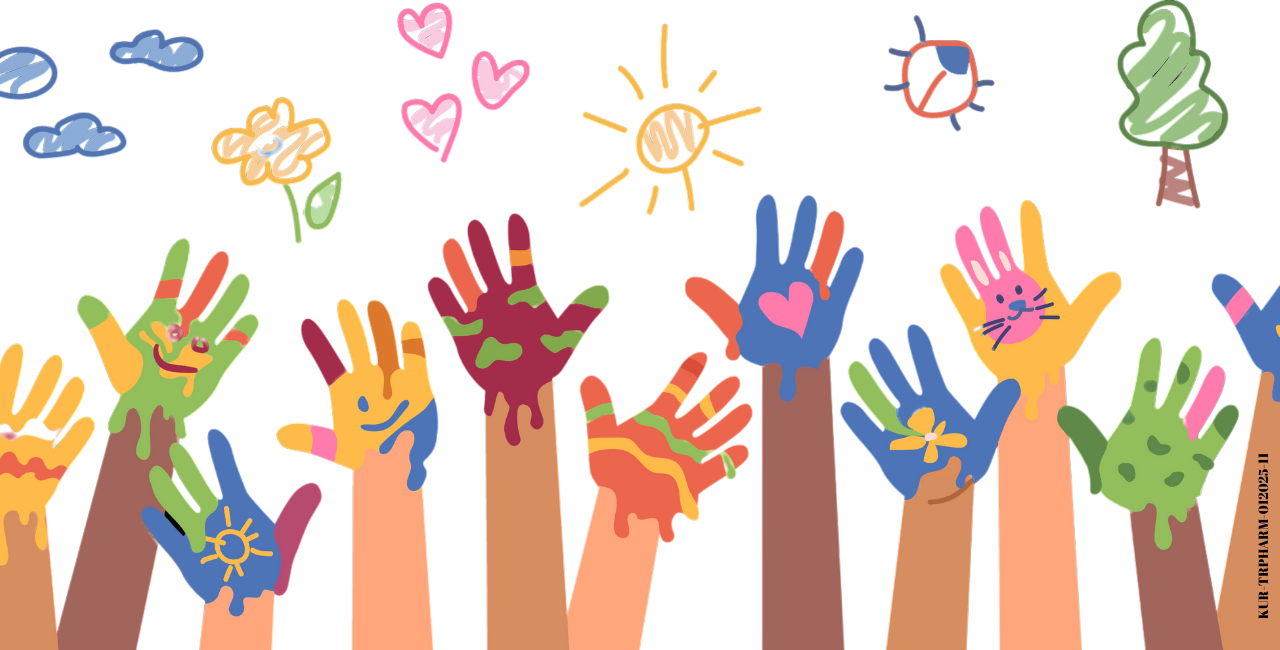What You Need to Know About Rare Diseases

Rare diseases
are chronic, progressive disorders that occur in 6-8% of the population, and
80% are genetic in origin. There are 6,000-8,000 diseases identified globally,
and 3-4 new diseases are added to this group of diseases each year. The
prevalence of rare diseases is determined by the European Association for Rare
Diseases (EURORDIS) and ORPHANET with the support of the European Commission.[1]
Rare diseases
are characterised by a wide diversity of symptoms and signs that vary not only
from disease to disease but also from patient to patient suffering from the
same disease.[2]
Due to the low
prevalence of each disease, medical expertise is rare, knowledge is scarce,
care offerings inadequate and research limited. Despite their great overall
number, rare disease patients are the orphans of health systems, often denied
diagnosis, treatment, and the benefits of research.2
Relatively
common symptoms can hide underlying rare diseases leading to misdiagnosis and
delaying treatment. Typically disabling, the quality of life of a person living
with a rare disease is affected by the lack or loss of autonomy due to the
chronic, progressive, degenerative, and frequently life-threatening aspects of
the disease.2
The fact that
there are often no existing effective cures adds to the high level of pain and
suffering endured by patients and their families.2
Rare diseases
not only affect the person diagnosed – they also impact families, friends, care
takers and society as a whole.2
What You Need to Know About Rare Diseases
· An estimated 30 million people are living with a rare disease in 48 countries in Europe.2
·
Each
rare disease affects fewer than 1 in 2000 people.2
·
There
are over 6000 distinct rare diseases.2
·
Approximately 85% of
rare diseases affect fewer than one individual in a million, or fewer than
500 individuals in the European Union. 2
· 75% of
rare diseases affect children. 70% of rare diseases have their onset
during childhood.2
· 72% are
of genetic origin, 28% are non-genetic; including rare cancers, rare
infections, immune deficiencies & health hazards.2
· Only 1,200 out
of all rare diseases, have more than five documented cases published in
the scientific literature.3
·
70%
wait more than 1 year to get a confirmed diagnosis after coming to medical
attention.2
·
It
takes on average 5 years for rare disease patients to get a diagnosis.[1]
·
44%
had to consult with more than 4 healthcare professionals before receiving a
diagnosis.3
·
94%
support the diagnosis of rare conditions at a child’s birth.3
·
95%
of Rare Diseases Lack an FDA Approved Treatment.[2]
·
1 in 2
Rare Diseases Don’t Have a Foundation or Research Support Groups.4
· 7
in 10 people living with rare diseases and family carers reduce or stop
professional activity due to their or their family member’s rare disease. 2
· 2/3
of family carers spend more than 2 hours a day on disease-related tasks.2
· The
proportion of people with rare diseases who report feeling
depressed is 3 times higher than that of the general population.2
It is Important to Raise Awareness
Rare Disease Day is a global initiative to raise
awareness and generate support for everyone who is on a rare medical journey.
It takes place on the last day of February, which this year is February 28th.[5]
1.
https://hastane.bozok.edu.tr/upload/dosya/uvxu.pdf
2.
https://www.eurordis.org/information-support/what-is-a-rare-disease/
3.
https://www.eurordis.org/our-priorities/diagnosis/
4.
https://globalgenes.org/rare-disease-facts/
5.
https://rarediseases.org/rare-disease-day/?utm_source